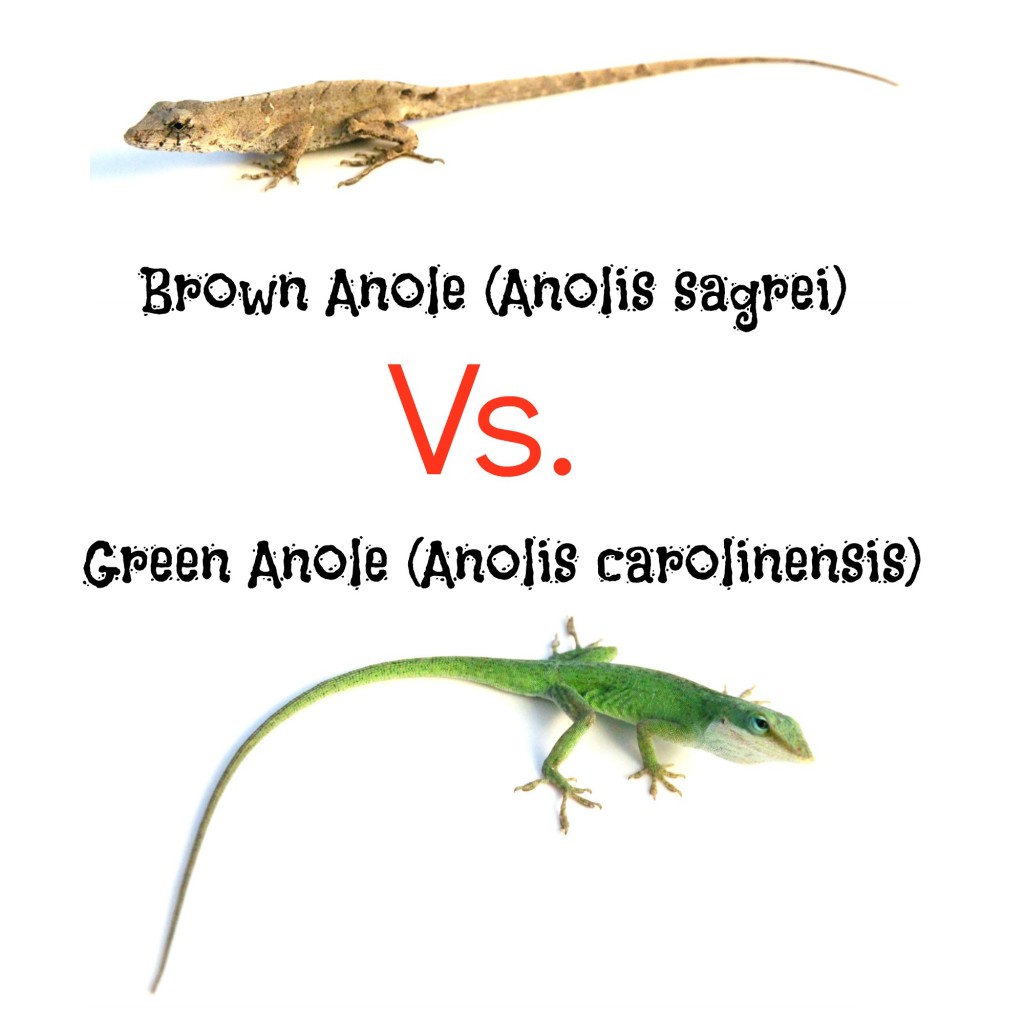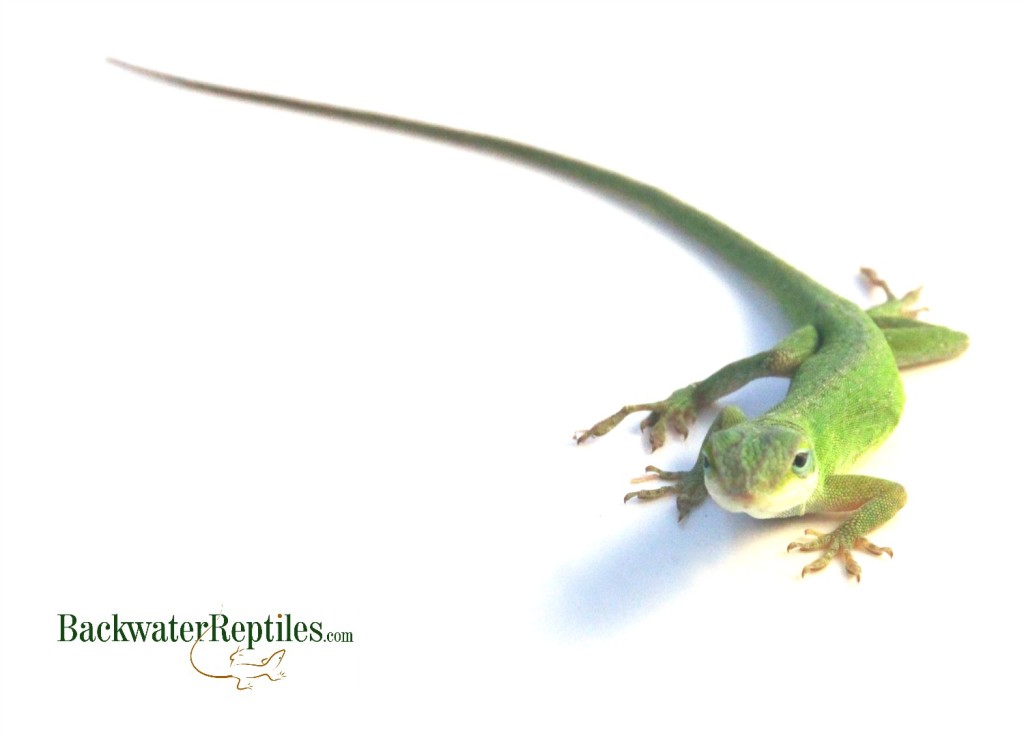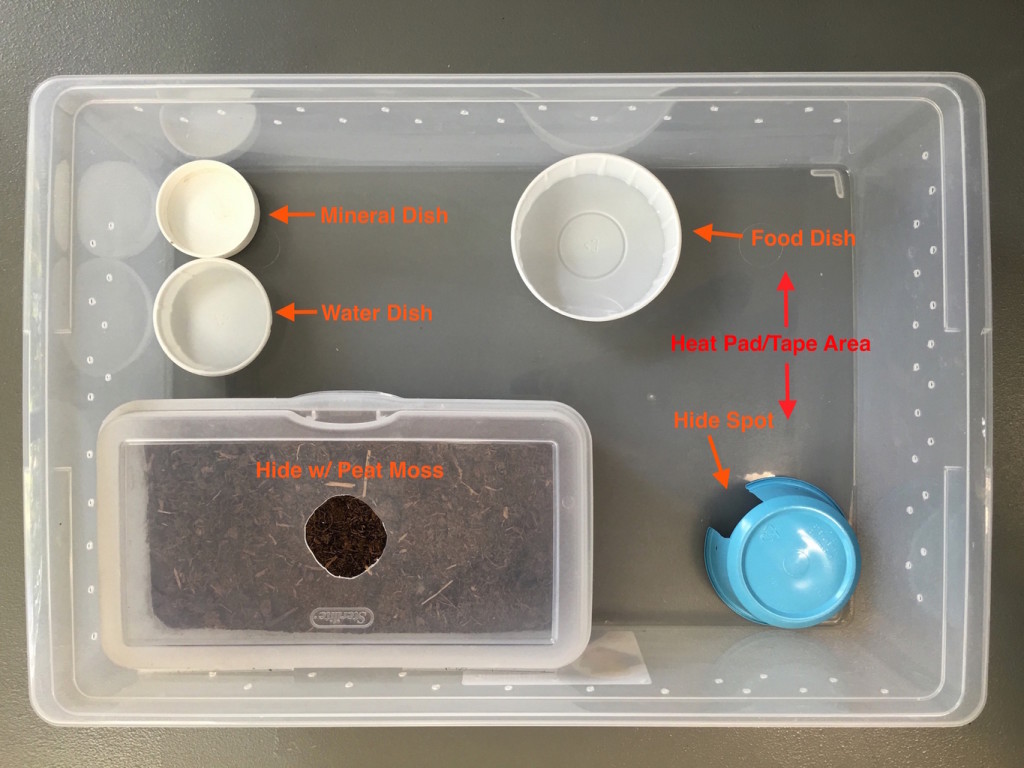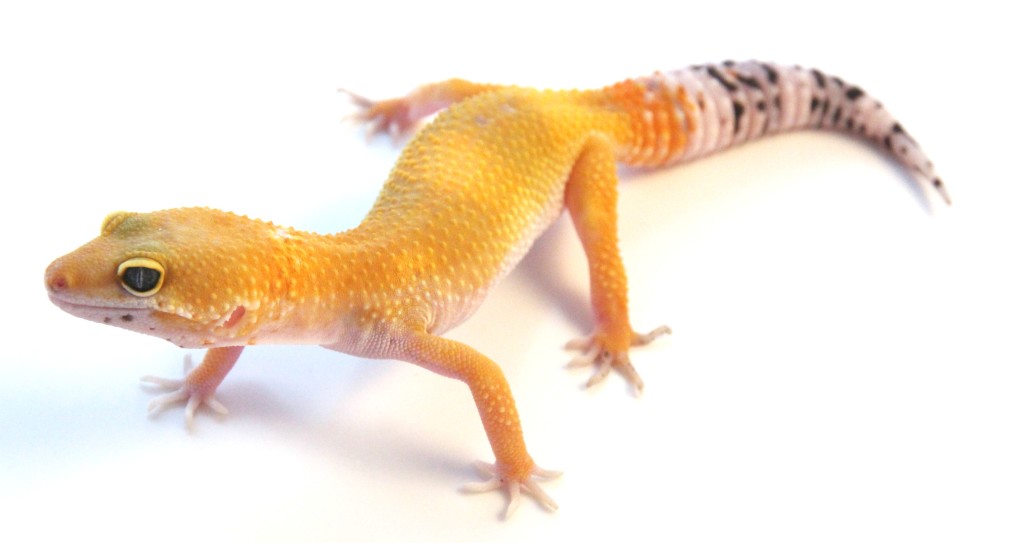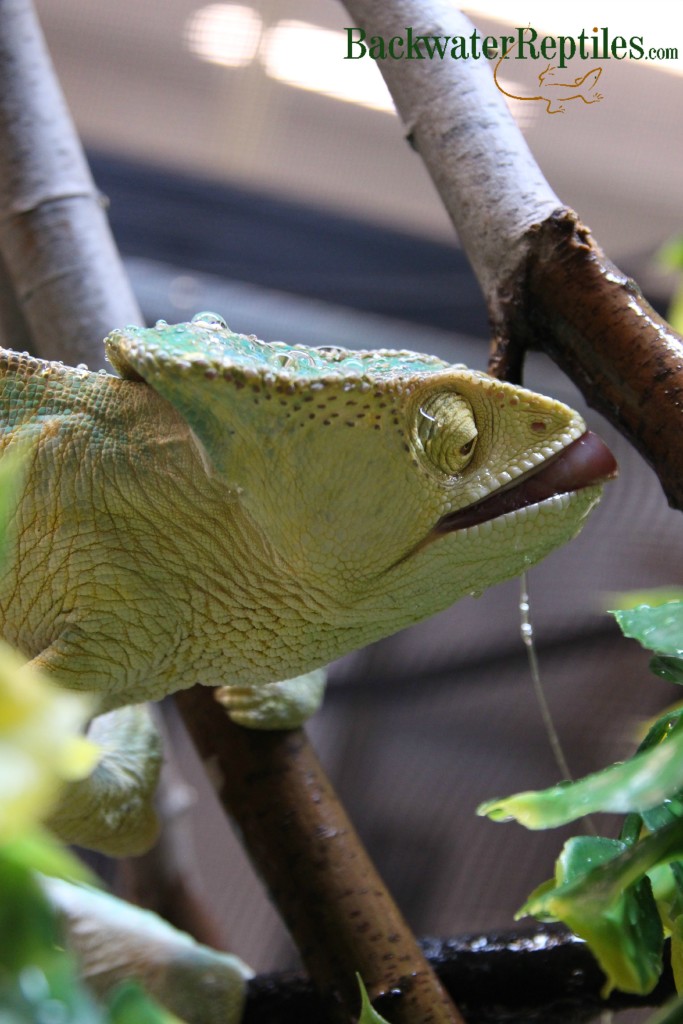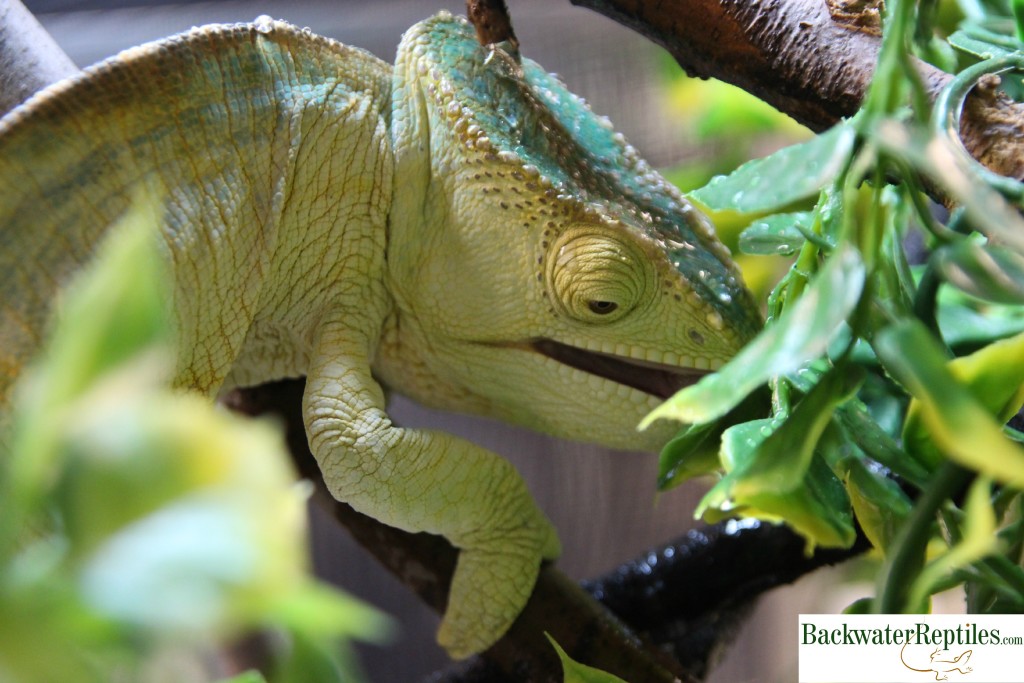ONLINE PRIVACY POLICY AGREEMENT
Backwater Reptiles, LLC, (Backwater Reptiles), is committed to keeping any and all personal information collected of those individuals that visit our website and make use of our online facilities and services accurate, confidential, secure and private. Our privacy policy has been designed and created to ensure those affiliated with Backwater Reptiles, LLC of our commitment and realization of our obligation not only to meet but to exceed most existing privacy standards.
THEREFORE, this Privacy Policy Agreement shall apply to Backwater Reptiles, LLC . Backwater Reptiles, LLC may also be in contact with you with regards to completing surveys and/or research questionnaires related to your opinion of current or potential future services that may be offered.
Backwater Reptiles, LLC does not now, nor will it in the future, sell, rent or lease any of our customer lists and/or names to any third parties.
Backwater Reptiles, LLC may deem it necessary to follow websites and/or pages that our users may frequent in an effort to gleam what types of services and/or products may be the most popular to customers or the general public.
Backwater Reptiles, LLC may disclose your personal information, without prior notice to you, only if required to do so in accordance with applicable laws and/or in a good faith belief that such action is deemed necessary or is required in an effort to:
- Remain in conformance with any decrees, laws and/or statutes or in an effort to comply with any process which may be served upon Backwater Reptiles, LLC and/or our website;
- Maintain, safeguard and/or preserve all the rights and/or property of Backwater Reptiles, LLC; and
- Perform under demanding conditions in an effort to safeguard the personal safety of users of www.backwaterreptilesblog.com and/or the general public.
Children Under Age of 13
Backwater Reptiles, LLC does not knowingly collect personal identifiable information from children under the age of thirteen (13) without verifiable parental consent. If it is determined that such information has been inadvertently collected on anyone under the age of thirteen (13), we shall immediately take the necessary steps to ensure that such information is deleted from our system’s database. Anyone under the age of thirteen (13) must seek and obtain parent or guardian permission to use this website.
Unsubscribe or Opt-Out
All users and/or visitors to our website have the option to discontinue receiving communication from us and/or reserve the right to discontinue receiving communications by way of email or newsletters. To discontinue or unsubscribe to our website please send an email that you wish to unsubscribe to info@backwaterreptilesblog.com. If you wish to unsubscribe or opt-out from any third party websites, you must go to that specific website to unsubscribe and/or opt-out.
Links to Other Web Sites
Our website does contain links to affiliate and other websites. Backwater Reptiles, LLC does not claim nor accept responsibility for any privacy policies, practices and/or procedures of other such websites. Therefore, we encourage all users and visitors to be aware when they leave our website and to read the privacy statements of each and every website that collects personally identifiable information. The aforementioned Privacy Policy Agreement applies only and solely to the information collected by our website.
Security
Backwater Reptiles, LLC shall endeavor and shall take every precaution to maintain adequate physical, procedural and technical security with respect to our offices and information storage facilities so as to prevent any loss, misuse, unauthorized access, disclosure or modification of the user’s personal information under our control.
Changes to Privacy Policy Agreement
Backwater Reptiles, LLC reserves the right to update and/or change the terms of our privacy policy, and as such we will post those change to our website homepage at www.backwaterreptilesblog.com, so that our users and/or visitors are always aware of the type of information we collect, how it will be used, and under what circumstances, if any, we may disclose such information. If at any point in time Backwater Reptiles, LLC decides to make use of any personally identifiable information on file, in a manner vastly different from that which was stated when this information was initially collected, the user or users shall be promptly notified by email. Users at that time shall have the option as to whether or not to permit the use of their information in this separate manner.
Acceptance of Terms
Through the use of this website, you are hereby accepting the terms and conditions stipulated within the aforementioned Privacy Policy Agreement. If you are not in agreement with our terms and conditions, then you should refrain from further use of our sites. In addition, your continued use of our website following the posting of any updates or changes to our terms and conditions shall mean that you are in agreement and acceptance of such changes.
How to Contact Us
If you have any questions or concerns regarding the Privacy Policy Agreement related to our website, please feel free to contact us at the following email, telephone number or mailing address.
Email: info@backwaterreptilesblog.com
Telephone Number: 9167409758
Mailing Address:
Backwater Reptiles, LLC
4970 Rocklin Road
Rocklin, California 95677
Updated: 09/10/2015

